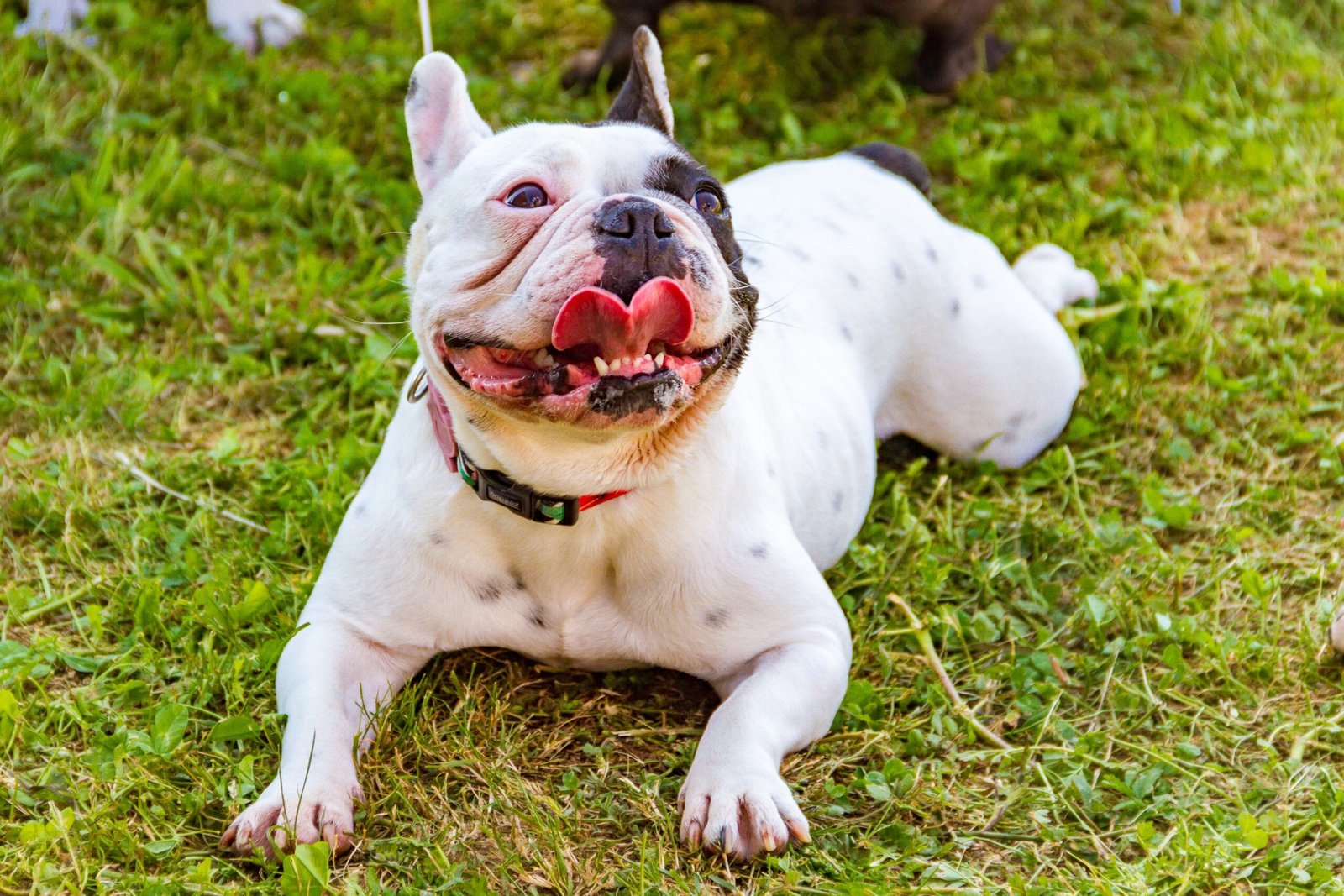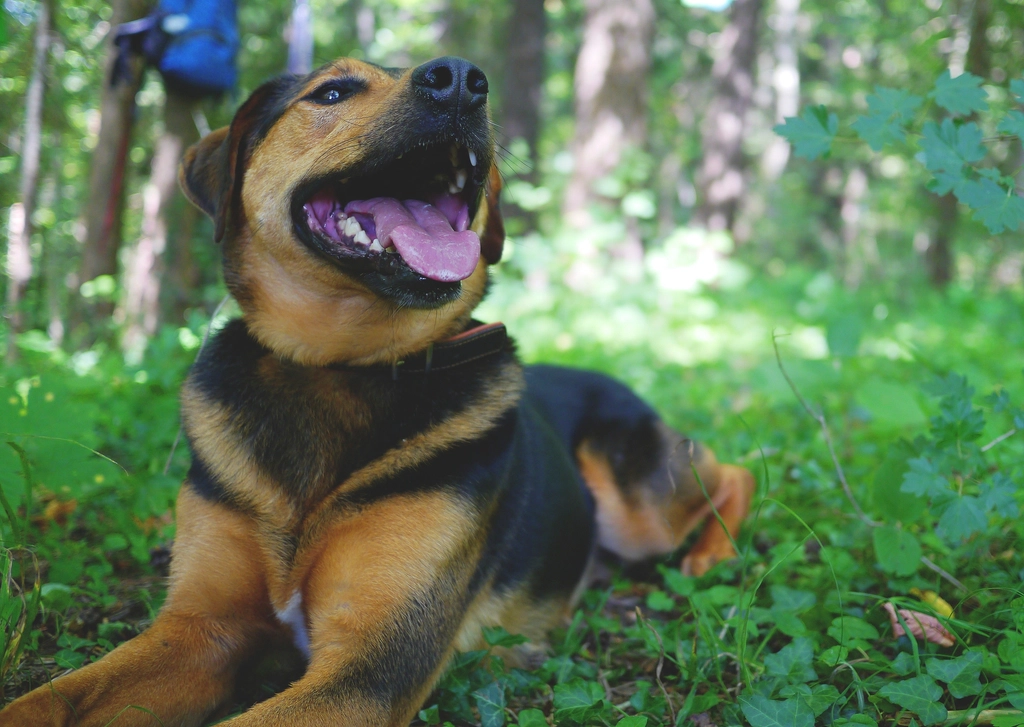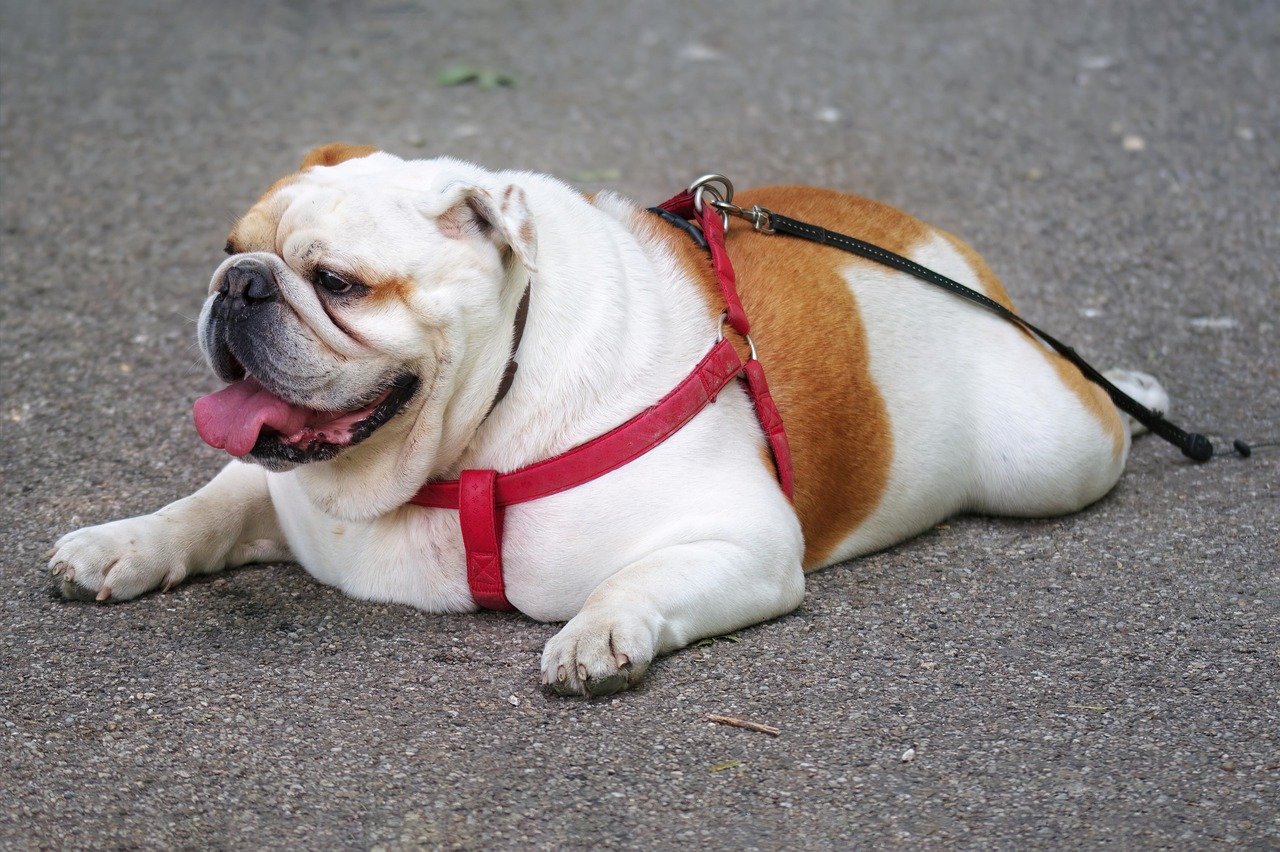Have you ever caught your dog lying flat on their belly, legs stretched straight out behind them like a furry little frog? That hilarious (and ridiculously cute) pose is called a “sploot,” and it’s one of the most endearing sights a dog lover can witness. But what’s really going on when dogs sploot? Is it just for laughs, or does it tell us something deeper about their health, comfort, and happiness? Today, veterinarians peel back the curtain and reveal what’s really behind this paws-itively charming canine habit.
What Is Splooting? The Pose That Melts Hearts

Splooting is when a dog stretches out on their belly with their back legs splayed straight out behind them. It’s a move that looks both silly and strangely athletic, almost like they’re practicing doggie yoga. This pose isn’t just common in certain breeds—it can show up in puppies and adult dogs alike, though some are more likely to do it than others. Many owners can’t help but snap a dozen photos when they see their pup in this pose.
The sploot has become so beloved online that social media is filled with adorable pictures and videos of dogs (and even a few cats) caught mid-sploot. People love to share these moments, but there’s more to the story than just cuteness overload. Veterinarians say that a sploot can tell us a lot about a dog’s flexibility, comfort level, and even their joint health. So, while it’s easy to get lost in the irresistible charm of a splooting pup, there’s actually some fascinating science at play.
Why Do Dogs Sploot? Comfort and Flexibility Explained

One of the biggest reasons dogs sploot is simple: it feels good. Many dogs, especially younger ones, are naturally flexible. Stretching out their hips and legs helps them relax their muscles and can even be soothing after a long walk or play session. Just like humans who flop on the couch after a busy day, dogs use the sploot to unwind and cool down.
Veterinarians often reassure owners that, in most cases, splooting is a completely normal behavior. It’s usually a sign that your dog’s joints and muscles are healthy and that they feel comfortable in their environment. Think of it as their own version of a deep, satisfying stretch—a way to work out the kinks and enjoy the moment. Dogs that sploot regularly often have no trouble getting up and moving around afterward, which is a great sign that their bodies are in good working order.
Splooting and Cooling Down: Beating the Heat

Another surprising reason dogs sploot is to cool off on hot days. Dogs don’t sweat the way humans do—instead, they release heat through their paw pads and by panting. When a dog sploots on a cool surface like tile or hardwood, they’re maximizing the contact between their belly and the cold floor. It’s a clever trick, almost like a built-in air conditioner for their furry bodies.
This behavior is especially common in the summer months when high temperatures can make dogs uncomfortable. If you spot your pup splooting on your kitchen tiles during a heatwave, it’s likely their way of saying, “Ahh, that feels better!” Veterinarians say it’s a practical cooling strategy and nothing to worry about, as long as your dog seems comfortable and is drinking plenty of water.
Is Splooting a Sign of Health or Trouble?

For most dogs, splooting is harmless and even healthy. It’s a sign they’re comfortable and their bodies are working as they should. However, veterinarians do point out that if a dog suddenly starts splooting much more than usual or seems to struggle getting up, it’s worth paying attention. Sometimes, changes in posture can signal underlying discomfort or joint issues, especially in older dogs.
Hip dysplasia and arthritis, for example, can affect the way a dog moves and rests. If a dog appears stiff, limps, or hesitates to rise from a sploot, a vet visit is a good idea. While splooting itself isn’t a cause for alarm, sudden changes in behavior or mobility can be important clues. Most of the time, though, a splooting dog is simply stretching out and enjoying life—no need for panic.
Which Breeds Love to Sploot the Most?

Some breeds are practically famous for their sploots. Corgis, with their short legs and long bodies, are internet legends for their picture-perfect splooting. French Bulldogs, Dachshunds, and certain Spaniels also seem to sploot more often than other breeds, thanks to their flexible hips and playful personalities. But don’t be surprised if your mixed-breed pup joins the sploot parade—this pose isn’t limited to purebreds.
Puppies are also more likely to sploot than older dogs, simply because their joints are looser and they love to explore weird and wonderful ways to rest. As dogs age, they might sploot less often, but every dog is unique. Veterinarians remind us that breed and age play a role, but personality and comfort are just as important. In the end, almost any dog can become a sploot superstar.
Should You Encourage or Worry About Splooting?

If your dog loves to sploot, there’s usually nothing you need to do except enjoy the show. It’s a natural, healthy behavior for most dogs, and it often means they’re happy and relaxed in their environment. Some owners even join in with “sploot challenges”—getting down on the floor to mimic their pets’ pose for a laugh and a photo op.
However, if you notice any signs of pain, stiffness, or sudden changes in your dog’s movement, don’t ignore them. A quick check-in with your veterinarian can provide peace of mind and ensure your pup stays healthy. As with any quirky canine behavior, it’s about knowing your dog and trusting your instincts. A splooting dog is usually a happy dog, and that’s something worth celebrating every day.
Splooting might look silly, but it’s a totally normal—and often beneficial—pose for many dogs. Whether they’re stretching their hips, cooling off on a warm day, or just relaxing in a favorite spot, splooting can be a sign of comfort and flexibility. While certain breeds are more prone to this adorable sprawl, veterinarians agree it’s usually nothing to worry about unless accompanied by signs of pain or stiffness. So the next time your pup flops down in a perfect sploot, feel free to smile—it’s just one more quirky, lovable way dogs make themselves at home.

Linnea is a born and bred Swede but spends as much time as possible in Cape Town, South Africa. This is mainly due to Cape Town’s extraordinary scenery, wildlife, and atmosphere (in other words, because Cape Town is heaven on earth.) That being said, Sweden’s majestic forests forever hold a special place in her heart. Linnea spends as much time as she can close to the ocean collecting sea shells or in the park admiring puppies.






